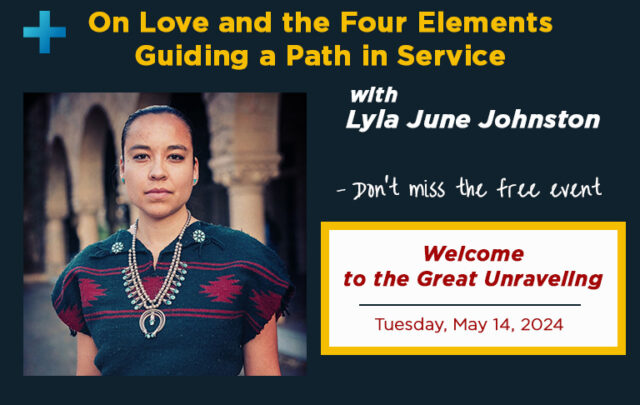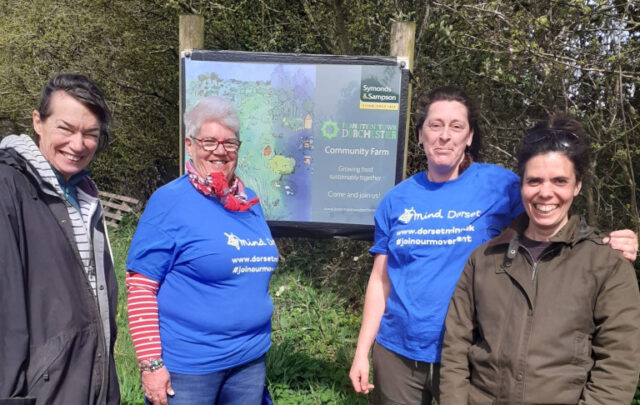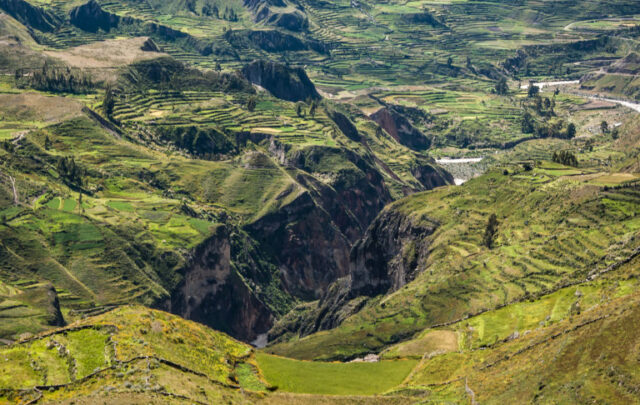When Tricia Beckner asked me to eat only what she can produce on her CSA farm-ette for a month, just to see what happens, I was game. As you’ll see, we’ve widened the circle a little to include food produced 10 miles from my home on Whidbey Island, with exceptions made for 4 essentials: oil, salt (+5 other spices), caffeine, and lemons (until I can find local apple cider vinegar).

-
Photo by Evan Leeson
Lesson Number One (repeat after me as many times as it takes): It’s not about me.
This has been among my highest insights in my most expanded states of mind. It’s also made clear when we pay attention to our food. Eating—however much it is keyed into the “it’s all about me” survival systems of the body—must be a collective endeavor or it just doesn’t work. For humans, at least. I live because we live—in reciprocity. Me, you, the farmers, the politicians, the merchants, the animals, the vegetables, the minerals, the trees and oceans, the Earth. These are my pals. These are my suppliers.
One of the largely unsung efforts spawned by Transition Whidbey is a mapping project of our food system. John Lee, one of the authors, spoke about it briefly at our launch potluck for our September Eat Local challenge. He said that a food system is made up of:
- Home gardeners.
- Home gardeners with surplus to share.
- Market gardeners who provide CSA and farmers market shoppers with weekly supplemental vegetables—whatever is in season.
- Suppliers who reliably provide restaurants, grocery stores, and institutions with the food they need everyday in reliable quantities and qualities to run their business.

-
Photo by Vicki Robin
Here’s a picture of what I’m eating, which illustrates the way much of my food system is working hard for me:
Carrots and Italian beans and a patty pan squash and a zucchini from my home garden, fresh picked in early morning while I was barefoot and drawn into the singing of the birds.
Tomatoes from my friend Terra’s garden. Terra’s husband Tom built a hoop house fit for a nursery where the tomatoes are so plentiful she sent me home with a bag full. If Terra’s thumb were any greener it would be day-glo.
Potatoes and beets and a green pepper from Tricia’s market garden. Tricia is my main food system maven. While I took the picture, Tricia’s potatoes and leeks and garlic were simmering in stock I got from boiling the bones of Carol and Ed’s fresh slaughtered and plucked chicken (more on local chicken later), which Carol delivered to my door, stopping in for a cup of tea.
After the photo, I chopped my carrots, added them to the potatoes and beets along with some oil and salt and roasted them. Yum! There was still heat in the oven after roasting a baseball bat-sized zuke sliced lengthwise, the best yet.
And meet Farmer John’s onion. John Peterson has been growing on the island for years, and now his daughter is taking over. He sells at the farmers market. I went to see if he had onions and squash because I want to stock up for the winter. After some banter about whether I had my squash driver’s license (to which I replied, “Do I need a license if it is under 10 pounds?”) he told me that he’d be harvesting the storing onions later in the season and to call him then. I didn’t even know there was a difference between storing and eating onions, but now I do.
All the while, that huge red onion was staring me in the face. I love to cook with onions. For me, all cooking starts with chopping an onion. Tricia’s onions have been enough, but not that luxurious plenty that allows you to over-do. I was nearly drooling over John’s onion.
As you know, I’ve been hungry at times—hungry for food that isn’t growing within my 10-mile radius. I’ve now lost 5 pounds (and don’t miss it one bit!). So that big fat onion grown just miles from my home proved irresistible. I bought it. And bit it this morning, in my fritatta.
At the market, I also stopped by Georgie’s stand. She’s as close to a supplier as we have on the island—she grows up in Coupeville (out of my range) on Ebey’s Prairie, but if I want to try a not-so-hyperlocal experiment in the winter I’ll need some winter squash and (storing) potatoes. Chris Williams, who, through the Grange, puts out a bulletin about available regional food spread the word that Georgie would have 10-pound bags of potatoes today. But Chris jumped the gun and Georgie hadn’t started digging up the potatoes—and the squash, she said, are just sitting there not growing due to all the rain (it has been a wet summer).
Here is another sobering fact of a local food system. If you are eating local and there is a gap or a failure in what is produced, you are back into food insecurity. I met Georgie a few years ago when tagging along with Vito Zingarelli, who was trying to create a Whidbey Fresh Farm to Chef network. His efforts introduced farmers to chefs, yes (and I had the privilege of designing a bit of that meet-up) but the gaps were clear. To wit:
Unless a farmer can provide a chef with what he needs for his menu, he can’t rely on the farmer. So he must buy from Charley’s food delivery truck, a big distributor on the mainland.
Unless there is a reliable delivery system—a truck that picks up and delivers produce from the growers—it can’t work. And that business was yet to be started. We needed a truck and a person willing to take the risk of developing the business.
The cultures of farmers and chefs—even though they both deal in food—are different. This was a party of engineers and artists. Some cultural bridging needs to happen to hook our system up so we have a reliable supply.
In Chris’s bulletin there was also word of a big food warehouse in Marysville—which, if I were doing a 50-mile diet, would be in my foodshed—that’s selling bulk produce at amazing prices. If it is produced nearby, it is a good source for winter storage.
(One thing that is plentiful these days is stuff to write about. I have blog posts stacked up. Coming out my fingers before breakfast. Who knew this would be such a hit with my inner writer. That it would feed my soul.)
So off to do some “real work”—and then eat my veggie roast for lunch. And my soup for dinner. And a bit of that chicken. And the last of the apple sauce. Who says there isn’t “enough.” At least for now.
Vicki Robin is blogging for YES! Magazine, a national, nonprofit media organization that fuses powerful ideas with practical actions, about her experiment with a 10-mile diet on Whidbey Island, Wa. The coauthor of Your Money or Your Life,Vicki teaches classes about frugal, creative, and self-sufficient living (see www.yourmoneyoryourlife.org).






